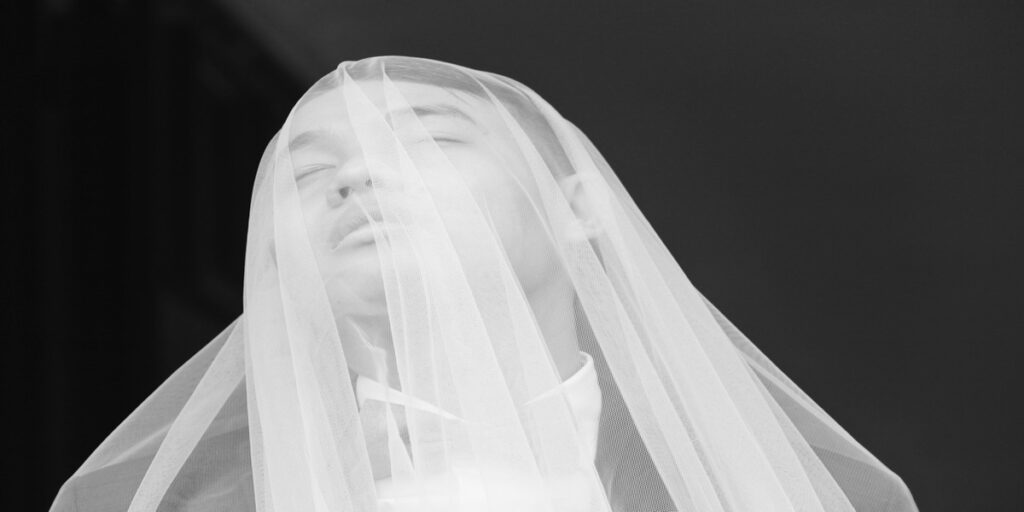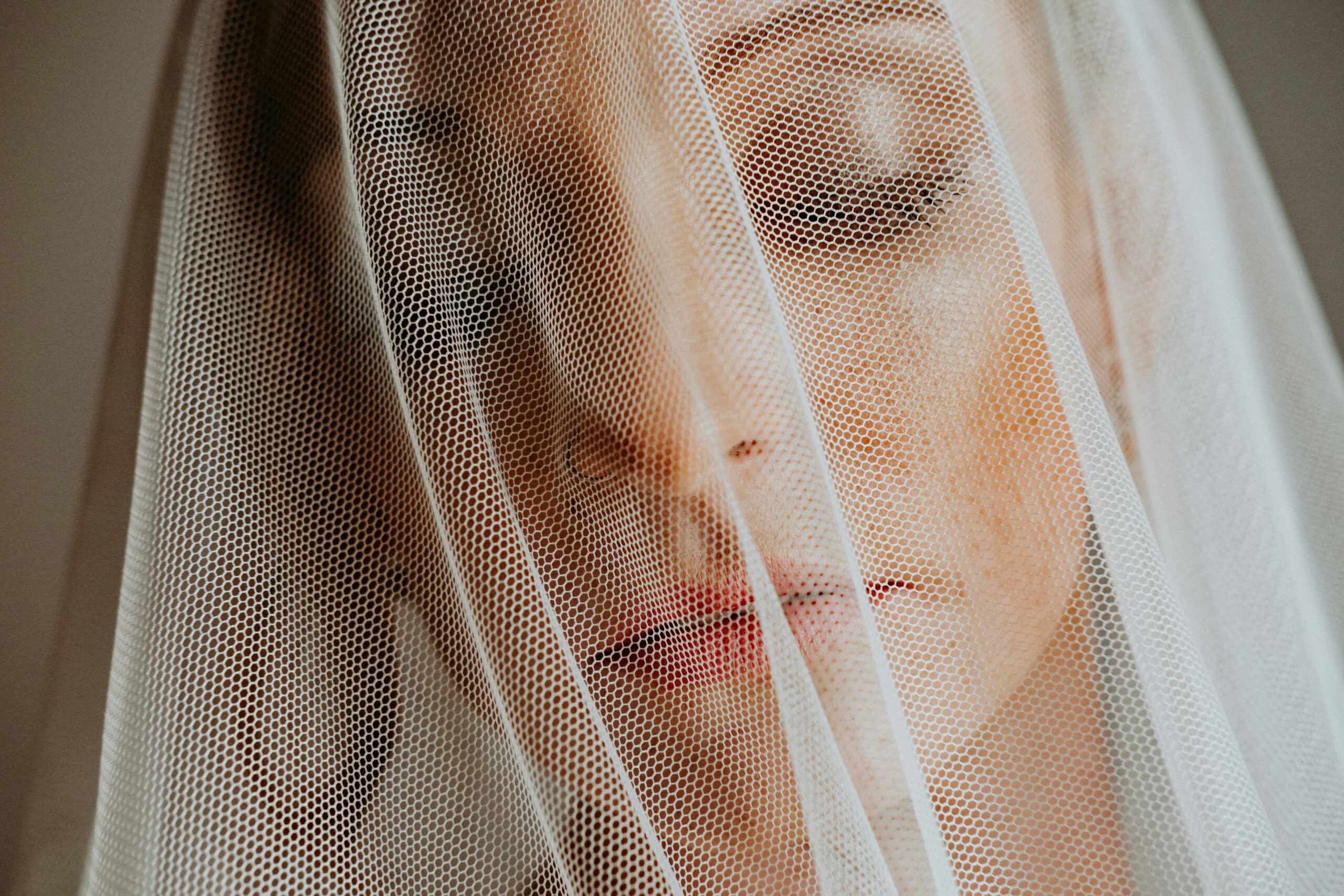The mantilla veil is a stunning piece of headwear steeped in history and cultural significance. Traditionally associated with Spanish culture, this elegant accessory has made its mark in various ceremonies, especially weddings. In this article, we will explore the origins, styles, and modern uses of the mantilla veil, along with tips for wearing it and maintaining its beauty.
What is a Mantilla Veil?
Definition and Description
A mantilla veil is a lace or silk veil worn over the head and shoulders, typically fastened with a comb or headband. It can vary in length and style, from short to long, and often features intricate designs, making it a striking addition to formal attire. Traditionally, the mantilla is worn with a flamenco dress or as part of a bride’s ensemble.
Historical Background
The mantilla veil has roots dating back to 16th-century Spain, where it emerged as a fashionable accessory for women. Initially, it symbolized modesty and piety, often worn by women attending church services. Over the centuries, it evolved from a simple piece of cloth to an intricate fashion statement, showcasing elaborate lacework and craftsmanship.
Cultural Significance
Religious Traditions
In Spanish Catholic traditions, the mantilla veil holds significant meaning. Women often wear it during religious ceremonies, such as weddings and baptisms. The mantilla serves as a symbol of respect and devotion, particularly when worn in places of worship.
Modern Usage
Today, the mantilla veil is not limited to religious events. Many brides opt for this elegant accessory to add a touch of tradition and sophistication to their wedding attire. Celebrities and fashion icons have also embraced the mantilla, wearing it on various occasions, contributing to its resurgence in popularity.
Styles of Mantilla Veils
Traditional Styles
Mantilla veils come in several traditional styles:
- Largo (Long): Typically reaching the waist or beyond, this style adds a dramatic flair to bridal ensembles.
- Corto (Short): A more contemporary choice, the corto mantilla usually sits just above the shoulders and offers a lighter look.
- Double-layered: This style features two layers of lace, creating a voluminous effect that is perfect for formal occasions.
Modern Adaptations
In recent years, designers have experimented with the veil, incorporating modern fabrics and embellishments. Some contemporary versions use materials like tulle and organza, while others feature intricate beadwork or floral appliqués.
How to Wear a Veil
Choosing the Right Mantilla
When selecting a mantilla veil, consider the following factors:
- Length: Choose a length that complements your outfit. Longer mantillas work well with formal dresses, while shorter ones are suitable for casual events.
- Color: Traditional mantillas are often black or white. However, many brides choose colors that match their wedding palette.
- Material: Lace offers a classic look, while silk provides a sleek and modern appearance.
Styling Tips
To wear a mantilla veil effectively, follow these styling tips:
- Secure it Properly: Use a comb or hairpins to fasten the veil securely in place. Ensure it sits comfortably on your head without slipping.
- Balance Your Look: Pair the mantilla with understated jewelry. This allows the veil to be the focal point of your ensemble.
- Coordinate with Your Dress: Choose a dress that complements the veil’s design and length. A simple gown can enhance the beauty of an elaborate mantilla.
Maintenance of a Mantilla Veil
Cleaning and Care
To maintain the beauty of your mantilla veil, follow these care tips:
- Hand Wash: If your veil is made of delicate lace, hand washing is advisable. Use mild detergent and cold water.
- Air Dry: Lay the veil flat on a clean towel to dry, avoiding direct sunlight, which can fade the fabric.
- Storage: Store the veil in a cool, dry place, preferably in a fabric bag to protect it from dust and damage.
Repairing Damage
Should your veil sustain any damage, it’s essential to act quickly. For minor tears, use a needle and thread to repair them. If the damage is significant, consider consulting a professional for repairs to preserve its integrity.
Infographic: Mantilla Veil Styles and Care Tips

Table Description: This infographic outlines different styles of mantilla veils and provides essential care tips for maintenance.

Conclusion
The mantilla is more than just an accessory; it is a symbol of tradition, elegance, and cultural heritage. With its rich history and modern adaptations, this veil continues to capture the hearts of women around the world. Whether worn for religious ceremonies or as a statement piece at weddings, the mantilla veil remains a timeless addition to any wardrobe. By understanding its significance, styles, and proper maintenance, you can appreciate and enjoy this beautiful piece for years to come.
FAQs
- What is a mantilla veil?
A mantilla veil is a lace or silk headpiece traditionally worn over the head and shoulders, often associated with Spanish culture. - How did the mantilla veil originate?
The mantilla veil originated in 16th-century Spain and has evolved from a simple accessory to a symbol of elegance and tradition. - When should I wear a veil?
Mantilla veils are commonly worn during religious ceremonies, weddings, and special occasions. - How do I care for my veil?
Hand wash your mantilla in cold water, air dry it, and store it in a cool, dry place to maintain its beauty. - What styles of veils are available?
Mantillas come in various styles, including largo (long), corto (short), and double-layered designs. - Can I wear a veil if I’m not Spanish?
Absolutely! The mantilla can be worn by anyone who appreciates its beauty and cultural significance, regardless of their background.
By embracing the mantilla veil, you not only enhance your outfit but also honor a rich tradition that has stood the test of time.





